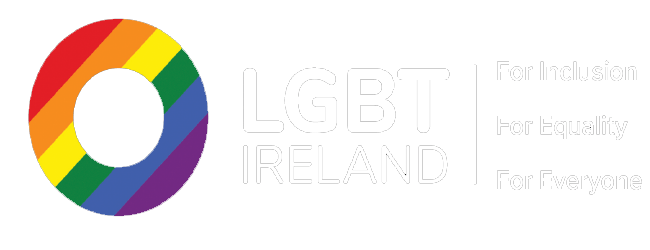Did you ever feel attracted to more than one person at a time? Or maybe you’ve been in a long-term relationship and developed feelings for someone else? Good news: you are not alone. There’s actually plenty of people in the world who experience this on a daily basis under the label of polyamory or ethical non-monogamy.
The word “polyamory” comes as a union between two different languages, the greek “poly” and the latin “amor”. Would’ve been great if it was the union between three or more languages, considering the topic, but this will do for now.
Structure of a Polyamorous Relationship
There is no clear structure of a polyamorous relationship, as the term works more as an umbrella. The 2 guidelines that all polyamorous dynamics have in common, regardless of their structure, are:
- Consent
- Open communication
Consent – this means all people affected by a particular dynamic would need to know about it in advance and consent to it.
Open communication – this is something that polyamorous people learn early on and then practice for… ever. And trust me, it’s a skill you’ll want to be great at, as communication is the most frequent activity of polyamorous people. Definitely more frequent than actually dating people.
A polyamorous relationship can look like anything from 2 married people, who have kids and a mortgage together, but also have other partners – to a poly tribe, where everyone is involved with (almost) everyone else, in different ways: some have romantic connections, sexual ones or both.
Parallel Polyamory and Kitchen-Table Polyamory
There are two main polyamory philosophies: parallel polyamory and kitchen-table polyamory. Parallel means that a person who is having multiple relationships prefers to keep their partners separated: they would (of course) know about each other, but not necessarily meet or hang out in the same circles. Kitchen-table polyamory is pretty much a person and their partners (and maybe even their partners’ partners) who hang out together regularly, have activities in common, take trips and might even share a house, bills, or kids together.
There is a big overlap between the polyamorous community and the LGBT+ one. With both communities being so inclusive and supportive, people feel comfortable to explore both their sexual orientation and their relationship orientation.
What about jealousy?
“But what about jealousy?” you ask. That’s the first question a monogamous person will ask a polyamorous person when they come out. Being polyamorous doesn’t mean you are not jealous. I know, mind=blown. Because you love more people, who can also love more people, you might actually feel jealous more often. The difference is how you process the feeling of jealousy. Being aware of your jealousy allows you to dig deep and see what is under it, what’s the fear causing it? (“I will lose you”, “the other person is better than me”, “I am not good enough”)
Communicate with your partner, ask for reassurance when needed and heal. Some people swear that they don’t feel jealous after practicing this for a few years; I, personally, am not there yet, but I can definitely say it does get better, the more time and effort you put into your introspection process.
Who has the time?
“But who has time to date more than one person?” True. It’s a busy life. Luckily, polyamorous people are great organizers. We even have our community’s official kink: spreadsheets. You do need a good scheduling app when dating more than one person, especially if you also want time for work, school, friends, hobbies and… oh, yeah, yourself.
Here’s a joke (but completely real fact): I was chatting on a dating app with a polyamorous person. I looked at my schedule and I suggested a time for our first date. They responded, “Wow! That’s in 2 weeks. You must be really into me!”
But, seriously, the world is full of beautiful souls and when you’re polyamorous, you get to make space in your life for more than just one. It’s not for everyone, it takes some work, a bit of trust, and a lot of communication. It can also be very rewarding; the amount of love, cookies and cuddles you get is multiplied by how many partners you have. But the absolute best part is the freedom. The freedom to be who you are, fall in love with whom you want, and to be able to live this truth with no shame and no fear.
Catalina Vieru,
Just your average polyamorous pansexual
PS: If you’re poly-curious or poly-practicing, join us on Polyamory Ireland group (Facebook and Meetup)

